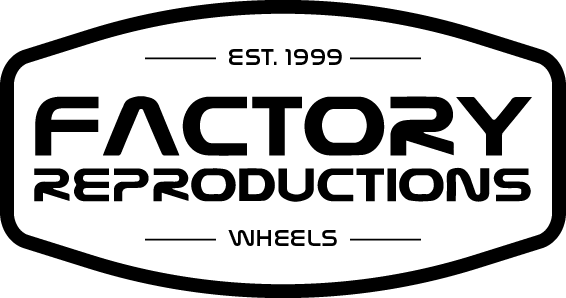When looking to buy aftermarket wheels to improve performance, there are factors to consider before you make a purchase. Below, we’ve outlined some key points for you to keep in mind while you decide which aftermarket wheels will be the best fit for your car.
Ride Quality
Wheel size affects ride quality, particularly in the diameter of the wheel. Increasing the wheel’s diameter will usually result in a shorter aspect ratio (i.e. sidewall of the tire.) The negative aspect of this size increase is that the shorter side wall results in less rubber between the wheels and the road surface, meaning less cushion between you and the road. However, even though you may have a “rougher” ride, you will gain handling performance. With larger diameter wheels, the shorter sidewall of the tires do not flex as much allowing you superior cornering capabilities and a better feel for the road. Quality aftermarket wheel manufacturers can provide you with the best combination of wheels and tires to fit your needs.

Wheel Size
One important aspect to consider when upgrading your wheels is size. A wheel’s diameter and width have a huge impact on overall performance. To gain performance with high horsepower vehicles, you will need to improve your traction. This is achieved by increasing the width of your tire. Having more tire surface on the road will result in better traction, especially when the tires are at the proper temperature. When increasing the width of the tire, you will need to increase the width of your wheels. An extremely important aspect of increasing wheel width is the offset of the wheels. Aftermarket wheels are altered from the OEM offsets to accommodate the wider tires. This is crucial as you want to make sure the tires do not contact the body/fender or the inner fender well. Wheel size and offset will depend on your preferred choice of tire size.

Staggered Wheels
traction, resulting in spinning tires. In addition, the vehicle’s traction control kicks in and reduces power to the rear wheels. The answer to this: a staggered set-up. A staggered set- up features smaller sized wheels and tires mounted in the front of the vehicle, with larger ones in the rear. This set-up allows the driver to utilize all that horsepower underneath the hood. Aftermarket wheels that come in multiple sizes, allow for customers to purchase a staggered set-up for their vehicles.

Track Use
Keeping all the previously mentioned information in mind, it’s easy to see why wheel size is critical for squeezing every last drop of performance out of your vehicle on the track.
For those looking to get the most traction out of their vehicle on the track, selecting an aftermarket wheel with a greater width than an OEM version may be a good place to start. Aftermarket wheel manufacturers have the flexibility to design wheels in greater widths than OEM factories. In addition to more sizes and styles, aftermarket manufacturers also have the ability to develop and produce wheels similar in design to their OEM counterparts that are not only stronger, but lighter as well. This combination of low weight-to-strength allows vehicle owners looking to maximize track performance and gain the edge they need to get ahead.
Many people are satisfied with the standard wheels that come with their vehicle. However, if increased performance is your goal, be it on the road or the track, aftermarket wheels can give you the boost you are looking for – not to mention, aftermarket wheels can be incredibly stylish. You might just turn a few heads when you finally come to a full stop!

